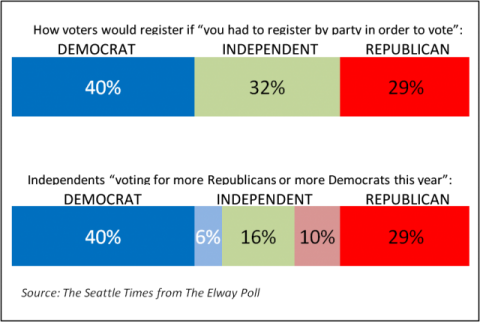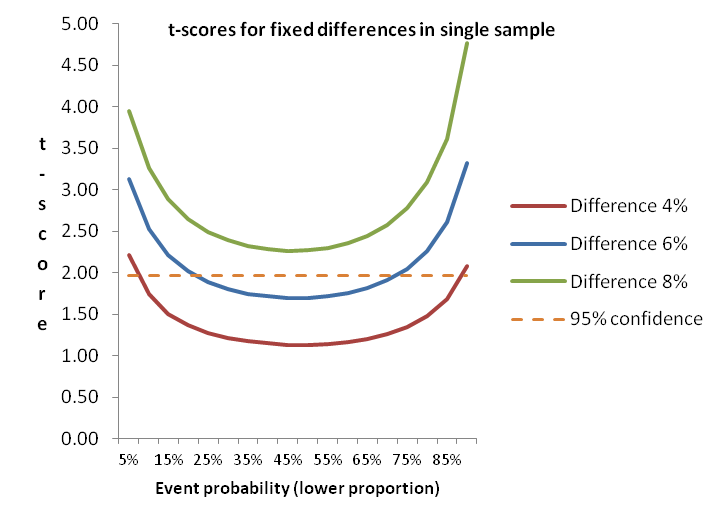Valentine’s Day provides an opportunity for me to suggest that your market research should take into account some bigger picture factors. Whether or not you have a retail product or service, there are lessons to be learned from Valentine’s Day. What are the annual seasonal variations in your business and what are the trends over longer periods? How do trends affect your market research?
 |
 |
 |
Valentine’s Day is well known as the second most important gift giving occasion in the calendar, in the US certainly and for most of the Western world also. But that’s too simplistic. Let’s look at trends of 3 important gift categories. I’m using Google trends to look at search volumes, as an easy way to make a couple of points.
[trends h=”330″ w=”500″ q=”flowers,+chocolate,+jewelry” geo=”US” date=”1/2008+73m”]
The Y axis is the volume of searches, and the X axis is time. We’re concentrating on searching here. [Data from various sources including the National Retail Federation show that flowers are given as gifts about twice as often as jewelry, and candy is more frequently given than flowers.]
Note that Christmas is more important than Valentine’s Day for searches on chocolate. And the same is true of jewelry. Flowers are rarely searched at Christmas, more frequently at Valentine’s Day, but most often for Mother’s Day. Note that these charts are all for the US so the added complexity of different dates for Mother’s Day in different countries has been eliminated.
OK so this is about chocolate, jewelry and flowers – what does it mean for your product or service? Imagine that you are planning a research project to find out which items you should carry in a multiline store. Or that you want to know which services will be most popular. Your results might be thrown off if you conducted the research without factoring in seasonality. Valentine’s Day, and gift giving in general are pretty obvious. So are back to school, outdoor recreation, and many other time-driven factors that might affect your business and your research. What about B2B? You probably need to be aware of budgetary cycles and replacement planning. The point is awareness. Once you know that the factors exist, you can decide if you should adjust research timing (this is rarely realistic), or if you need to modify the survey in other ways such as identifying buying cycles or interest levels in the category, including adjusting the sampling approach. For example, if you’ve just purchased a new car you are more likely to give coherent answers about after-market accessories.
Longer-term trends are a little harder to see from the Google Trends chart because of the big swings each year. But it is clear that the search volume for chocolate has increased over the past few years.
Back to Valentine’s Day. Much of the published research covers expected spending and plans. I’m a planner, so I’m usually ready for the holiday. What about those last minute people who haven’t prepared, or if they think about it at all are expecting to buy some flowers on Valentine’s Day itself? With the severe weather conditions in the Northeast, these people might be out of luck, and their sweethearts will be disappointed. I hope they can order something online – the acknowledgment and an electronic greetings card might have to do.

Idiosyncratically,
Mike Pritchard
Image sources:
Ring: By GVBORI520 (Own work) [CC-BY-SA-3.0 (http://creativecommons.org/licenses/by-sa/3.0)], via Wikimedia Commons
Chocolate: By Chrys Omori from Sao Paulo, Brazil (Mother’s birthday gift) [CC-BY-2.0 (http://creativecommons.org/licenses/by/2.0)], via Wikimedia Commons
Flowers: By Kaz Andrew from Edmonton,Alberta, Canada (RED ROSES 4 Uploaded by Dolovis) [CC-BY-SA-2.0 (http://creativecommons.org/licenses/by-sa/2.0)], via Wikimedia Commons
Snowy road: Victorgrigas at en.wikipedia [CC0], from Wikimedia Commons



